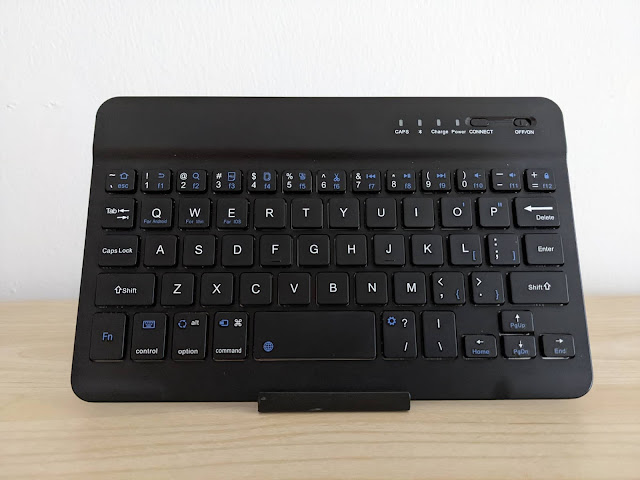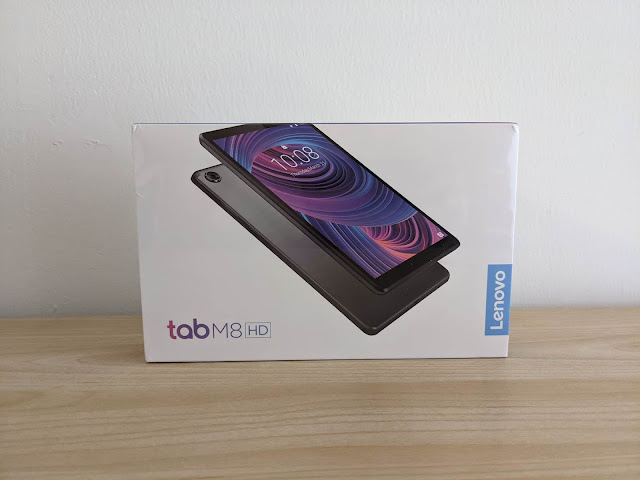StreamYard as an Alternative to Hangouts on Air: First Impressions
Google discontinued Hangouts on Air on August 1, 2019. The StreamYard video streaming platform is the best replacement I found among the alternatives. I'm going to tell how I tested StreamYard in a demanding situation and what I've learned.
StreamYard can livestream video feeds from up to 6 participants and save a recording to YouTube or other video platforms. It works fully in the cloud, a huge plus for a Chrome OS user like me. And it’s even better than Hangouts on Air as it has additional useful features such as showing user comments in the YouTube chat of a livestream and banners, i.e. text cards. It also provides a few preset layouts for arranging on the screen the camera feeds of the participants.
A key feature is the ability to screenshare a desktop window or browser tab as well as any audio playing there. This allows, for example, to stream a YouTube video along with its soundtrack.
The product has a free tier that overlays StreamYard’s logo in livestreams and misses a few features, and an affordable paid plan without these limitations.
I’m a co-host of AstronautiCAST, the first Italian space podcast. For the past several years we have been using Hangouts on Air to record our weekly episodes and engage with fans. We also do some occasional special episodes for covering live major space events such as launches of Italian astronauts.
On July 20, 2019 Italian astronaut Luca Parmitano was launched into space on Soyuz MS-13 for a mission to the International Space Station. We did an AstronautiCAST live coverage in 3 parts: the launch, the approach and docking to the ISS, and the crew’s ingress into the ISS. We showed and commented the live NASA TV images of these mission events and answered the questions coming from the viewers.
We did the first part with Hangouts on Air, featuring some co-hosts and guests. Then I did the second and third parts alone via StreamYard livestreams to YouTube. Here is the second part of the coverage, the approach and docking of the Soyuz MS-13 to the ISS, my first one with StreamYard:
And here is the third part of the coverage, the ingress of the Soyuz MS-13 crew into the ISS, my second one with StreamYard:
I screenshared a YouTube player streaming NASA TV and showed it at full screen most of the time. StreamYard’s ability to include the audio of a video was crucial to provide essential context.
The smooth performance and stability were pretty good on my i7 ASUS Chromebox 3 with 16 GB of RAM. With its combination of simplicity and versatility, the tool got out of the way and allowed me to focus on talking.
A couple of features were extremely handy. The first is showing with a single click a user comment in the chat of the livestream’s YouTube player. This allowed me to answer questions and relay information and feedback contributed by the viewers.
The other feature is banners, cards featuring short text of up to 120 characters that can be shown with just one click. This let me provide instructions for sharing the livestream, show relevant links, and more. New text cards can be created and shown on the fly, for example to answer a question.
The audience appreciated the livestreams and provided a lot of positive feedback. I did the first around 1 a.m. and got a peak of 420 simultaneous viewers and over 4K views, the other was at 3 a.m. with a peak of 190 simultaneous viewers and more than 3K views.
If you want to screenshare a YouTube video along with the audio, be sure to pick its browser window or tab from the list of the tabs in the screensharing dialog, not the list of the windows, and mark the checkbox to include the audio. Otherwise the audio checkbox won’t show up.
The most visually pleasing way of screensharing content is to set its desktop or browser window at full screen if such a mode is available, for example when playing YouTube videos or presenting Google Slides decks. This way no window frames or user interface elements will appear in the livestream.
However, screensharing at full screen, especially for an extended time, requires a fast system to keep performance and responsiveness acceptable. And, of course, a good, wired Internet connection. A combination of system performance and appropriate bandwidth can make the difference between the smooth screencast of a video and a janky, stuttering one.
A StreamYard account gives access to all the YouTube channels you own or are an admin of. Therefore, we’ll have to make sure to buy the plan from a StreamYard account set up for the podcast to which all the hosts have access, so that the account can get all the paid features like overlays, logos, and removing the StreamYard logo from livestreams.
Have you tried StreamYard? What do you use it for? Any tips?
StreamYard can livestream video feeds from up to 6 participants and save a recording to YouTube or other video platforms. It works fully in the cloud, a huge plus for a Chrome OS user like me. And it’s even better than Hangouts on Air as it has additional useful features such as showing user comments in the YouTube chat of a livestream and banners, i.e. text cards. It also provides a few preset layouts for arranging on the screen the camera feeds of the participants.
A key feature is the ability to screenshare a desktop window or browser tab as well as any audio playing there. This allows, for example, to stream a YouTube video along with its soundtrack.
The product has a free tier that overlays StreamYard’s logo in livestreams and misses a few features, and an affordable paid plan without these limitations.
Testing StreamYard in the field
I got a chance to test-drive StreamYard in the field, here’s how it went. But first some background on why I livestream.I’m a co-host of AstronautiCAST, the first Italian space podcast. For the past several years we have been using Hangouts on Air to record our weekly episodes and engage with fans. We also do some occasional special episodes for covering live major space events such as launches of Italian astronauts.
On July 20, 2019 Italian astronaut Luca Parmitano was launched into space on Soyuz MS-13 for a mission to the International Space Station. We did an AstronautiCAST live coverage in 3 parts: the launch, the approach and docking to the ISS, and the crew’s ingress into the ISS. We showed and commented the live NASA TV images of these mission events and answered the questions coming from the viewers.
We did the first part with Hangouts on Air, featuring some co-hosts and guests. Then I did the second and third parts alone via StreamYard livestreams to YouTube. Here is the second part of the coverage, the approach and docking of the Soyuz MS-13 to the ISS, my first one with StreamYard:
And here is the third part of the coverage, the ingress of the Soyuz MS-13 crew into the ISS, my second one with StreamYard:
I screenshared a YouTube player streaming NASA TV and showed it at full screen most of the time. StreamYard’s ability to include the audio of a video was crucial to provide essential context.
How it went
I’m pleased and impressed with StreamYard.The smooth performance and stability were pretty good on my i7 ASUS Chromebox 3 with 16 GB of RAM. With its combination of simplicity and versatility, the tool got out of the way and allowed me to focus on talking.
A couple of features were extremely handy. The first is showing with a single click a user comment in the chat of the livestream’s YouTube player. This allowed me to answer questions and relay information and feedback contributed by the viewers.
The other feature is banners, cards featuring short text of up to 120 characters that can be shown with just one click. This let me provide instructions for sharing the livestream, show relevant links, and more. New text cards can be created and shown on the fly, for example to answer a question.
The audience appreciated the livestreams and provided a lot of positive feedback. I did the first around 1 a.m. and got a peak of 420 simultaneous viewers and over 4K views, the other was at 3 a.m. with a peak of 190 simultaneous viewers and more than 3K views.
Tips and handy features
I used StreamYard for only a few hours but it was enough to explore the tool and learn a few handy tricks.If you want to screenshare a YouTube video along with the audio, be sure to pick its browser window or tab from the list of the tabs in the screensharing dialog, not the list of the windows, and mark the checkbox to include the audio. Otherwise the audio checkbox won’t show up.
The most visually pleasing way of screensharing content is to set its desktop or browser window at full screen if such a mode is available, for example when playing YouTube videos or presenting Google Slides decks. This way no window frames or user interface elements will appear in the livestream.
However, screensharing at full screen, especially for an extended time, requires a fast system to keep performance and responsiveness acceptable. And, of course, a good, wired Internet connection. A combination of system performance and appropriate bandwidth can make the difference between the smooth screencast of a video and a janky, stuttering one.
Next steps
With the other AstronautiCAST hosts we’re planning other tests and practice sessions with StreamYard. But we will most likely buy the basic paid plan next fall, when a new season of the podcast begins.A StreamYard account gives access to all the YouTube channels you own or are an admin of. Therefore, we’ll have to make sure to buy the plan from a StreamYard account set up for the podcast to which all the hosts have access, so that the account can get all the paid features like overlays, logos, and removing the StreamYard logo from livestreams.
Have you tried StreamYard? What do you use it for? Any tips?


